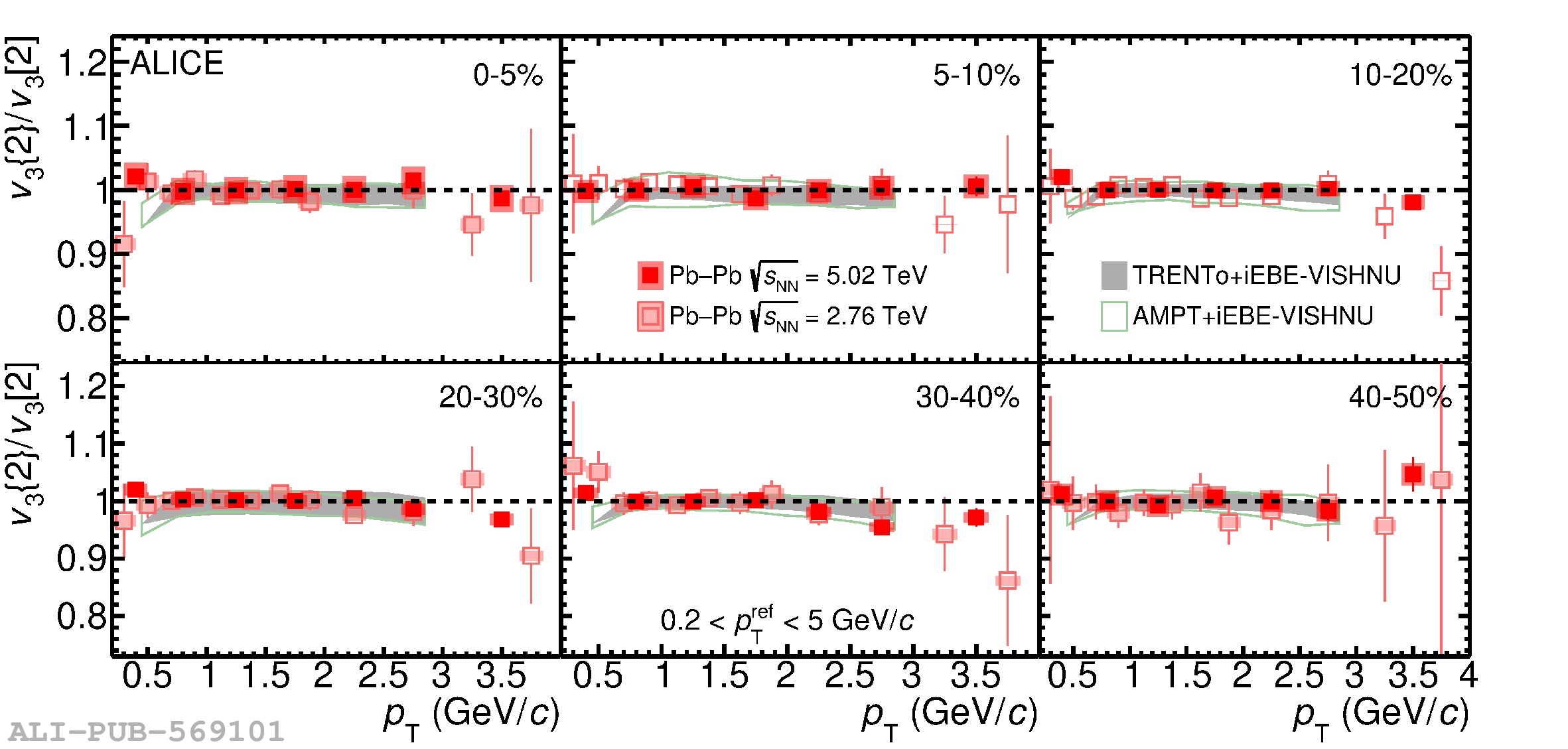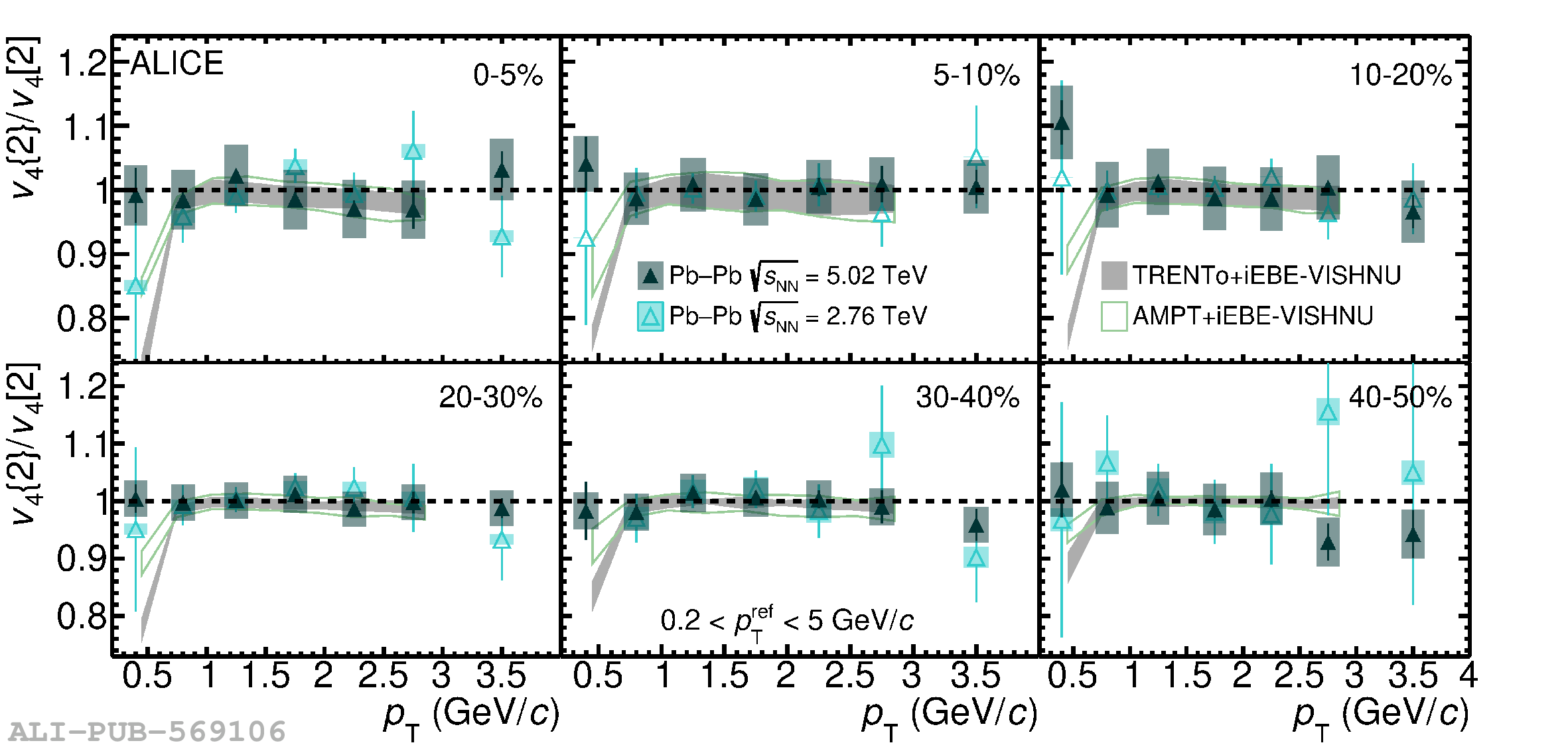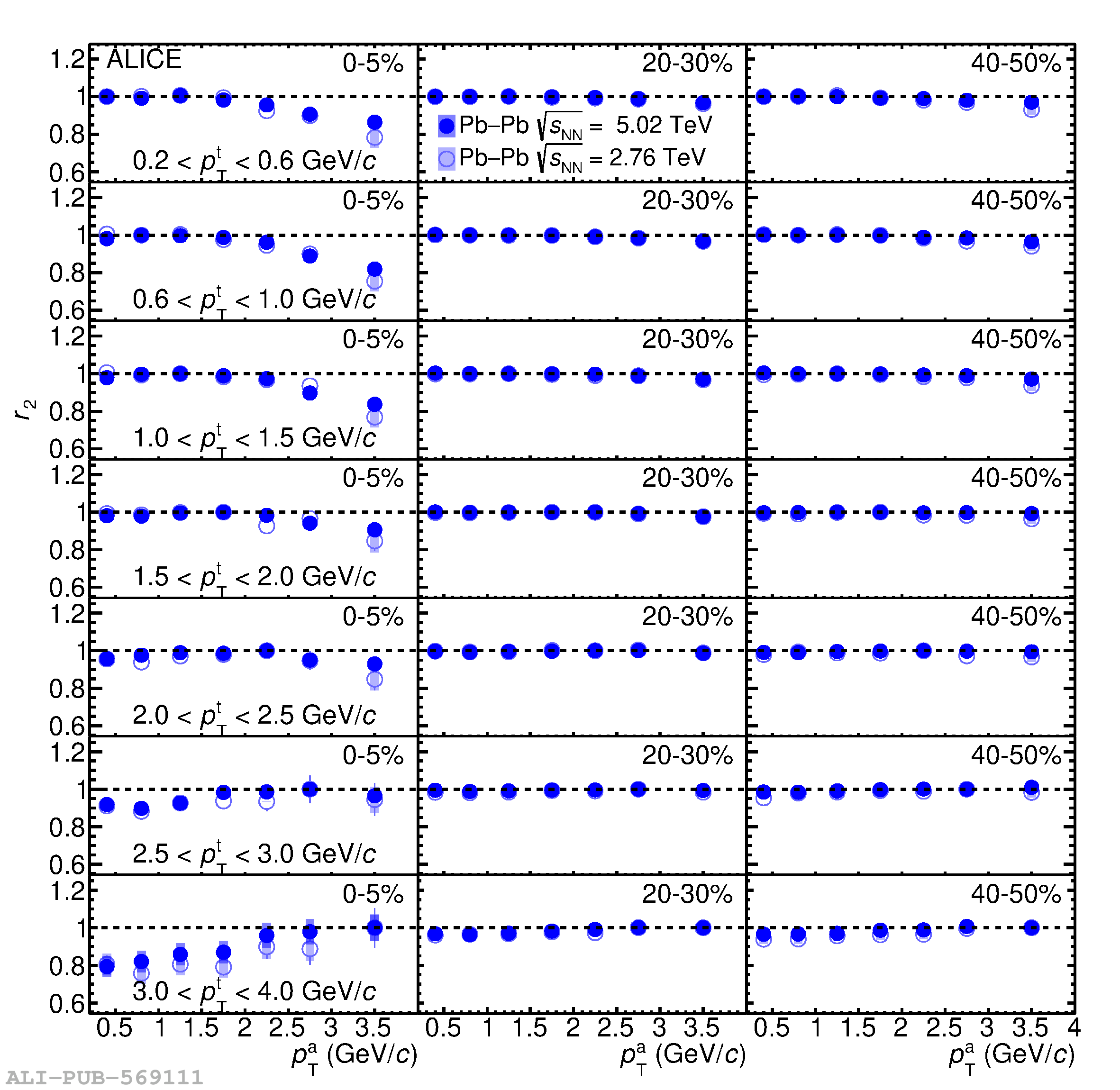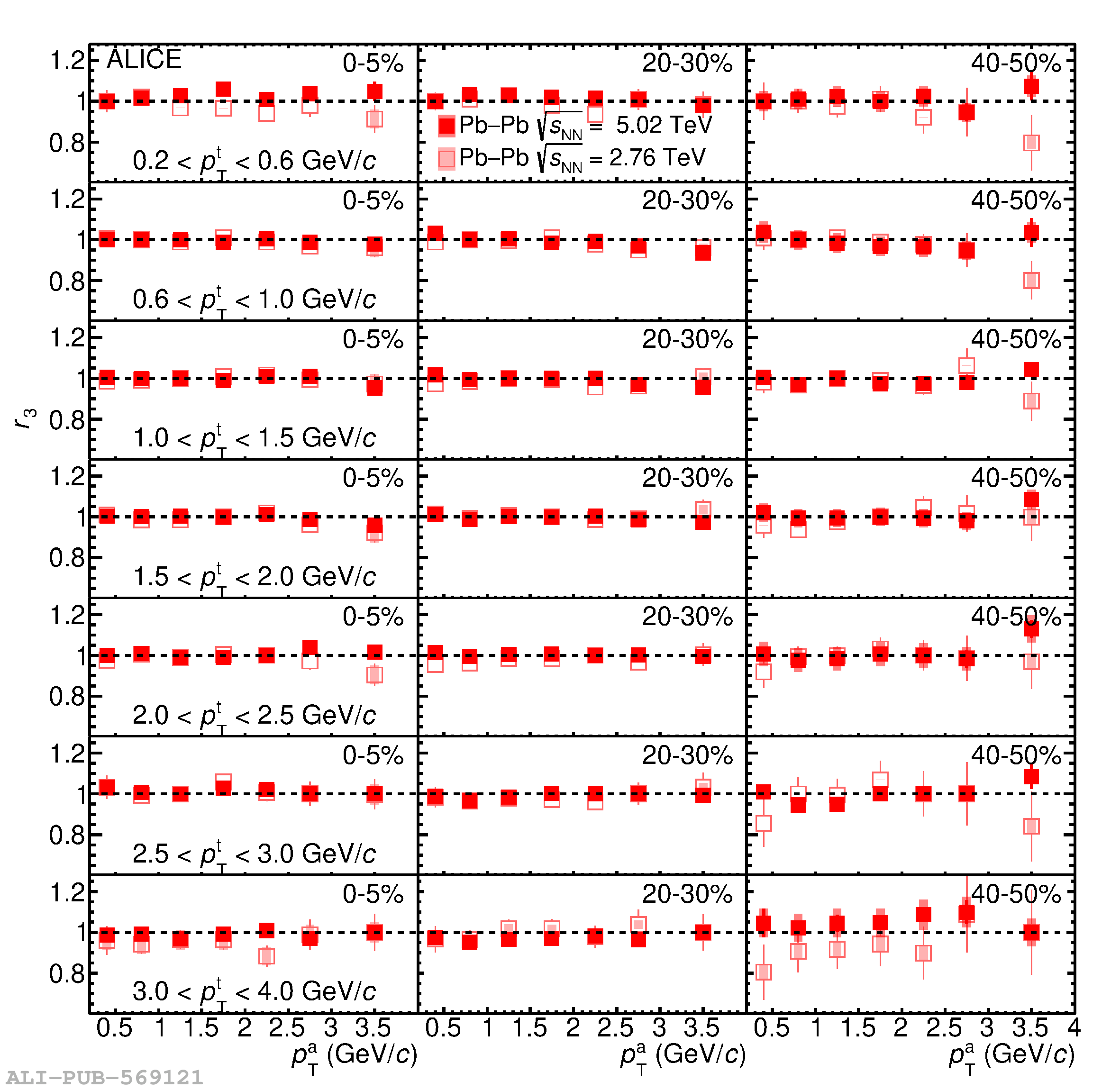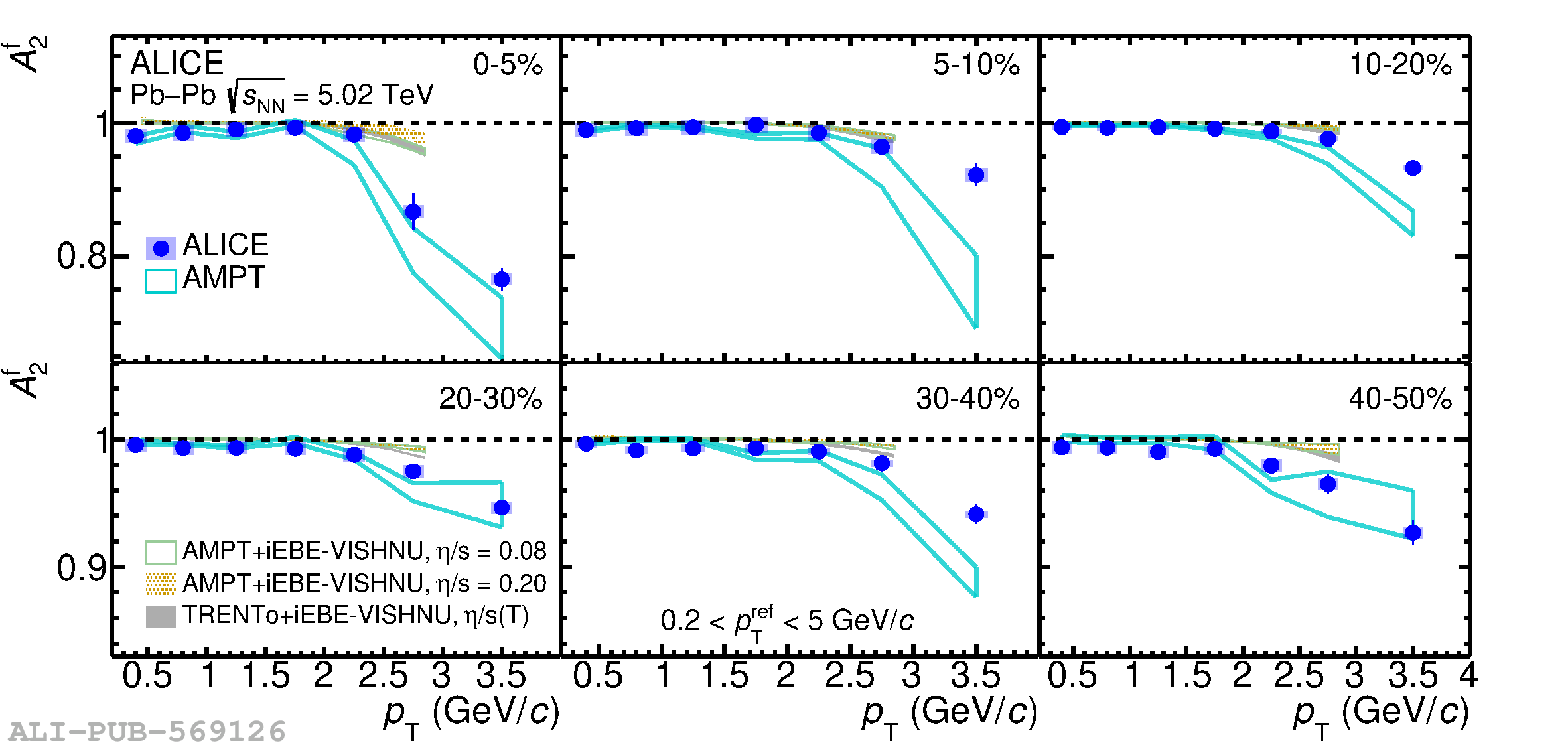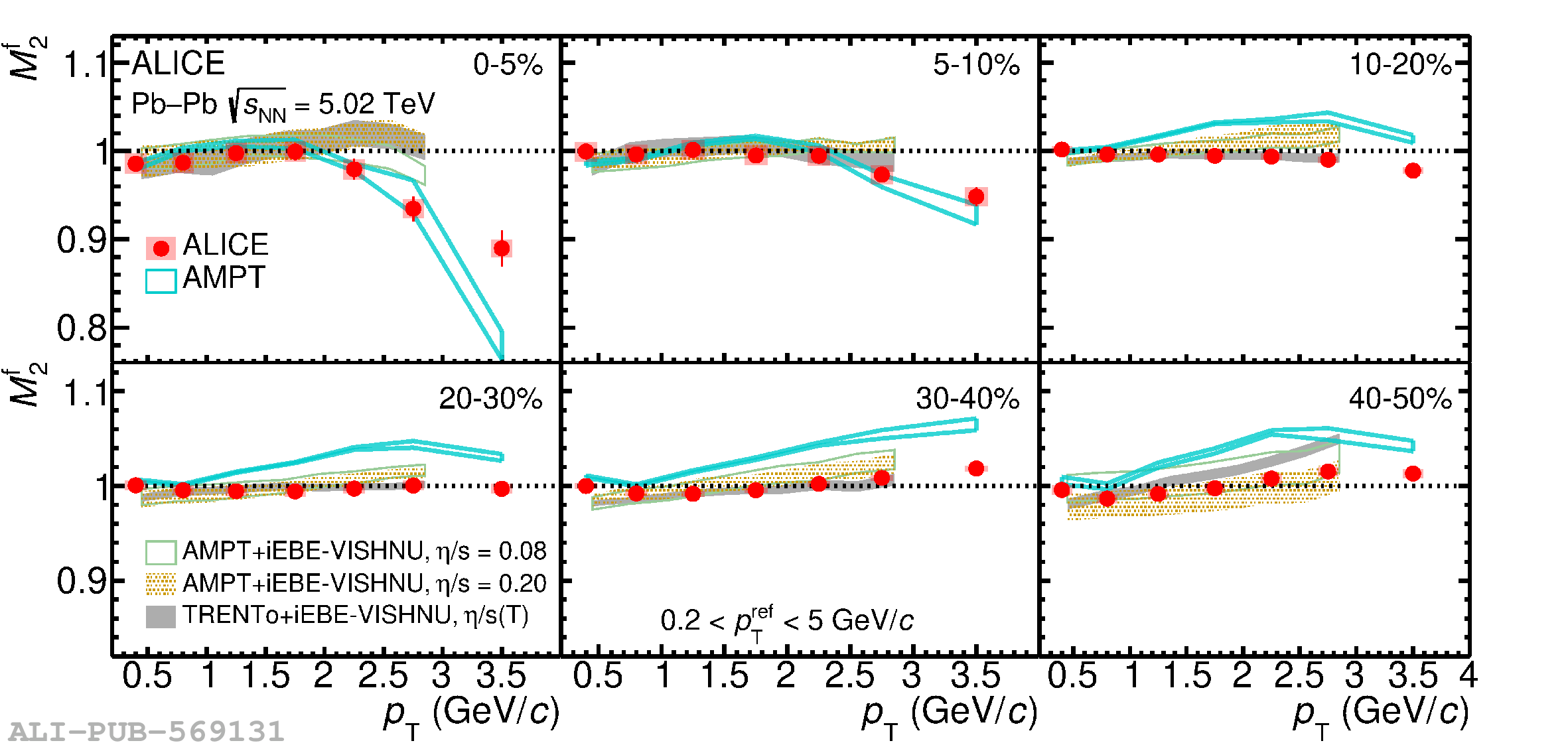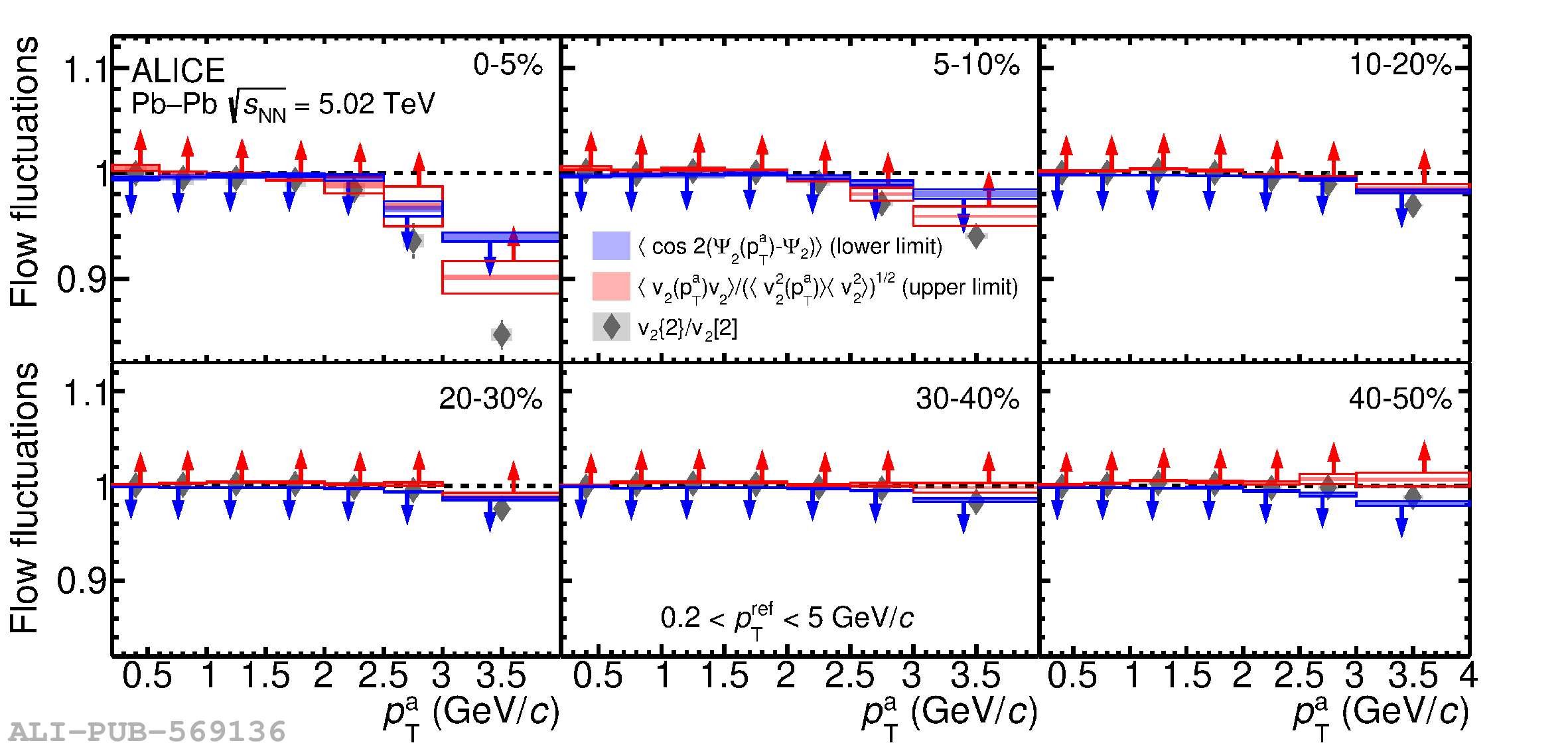Measurements of the $p_{\rm T}$-dependent flow vector fluctuations in Pb-Pb collisions at $\sqrt{s_{_{\rm NN}}} = 5.02~\mathrm{TeV}$ using azimuthal correlations with the ALICE experiment at the Large Hadron Collider are presented. A four-particle correlation approach [1] is used to quantify the effects of flow angle and magnitude fluctuations separately. This paper extends previous studies to additional centrality intervals and provides measurements of the $p_{\rm T}$-dependent flow vector fluctuations at $\sqrt{s_{_{\rm NN}}} = 5.02~\mathrm{TeV}$ with two-particle correlations. Significant $p_{\rm T}$-dependent fluctuations of the $\vec{V}_{2}$ flow vector in Pb-Pb collisions are found across different centrality ranges, with the largest fluctuations of up to $\sim$15% being present in the 5% most central collisions. In parallel, no evidence of significant $p_{\rm T}$-dependent fluctuations of $\vec{V}_{3}$ or $\vec{V}_{4}$ is found. Additionally, evidence of flow angle and magnitude fluctuations is observed with more than $5\sigma$ significance in central collisions. These observations in Pb-Pb collisions indicate where the classical picture of hydrodynamic modeling with a common symmetry plane breaks down. This has implications for hard probes at high $p_{\rm T}$, which might be biased by $p_{\rm T}$-dependent flow angle fluctuations of at least 23% in central collisions. Given the presented results, existing theoretical models should be re-examined to improve our understanding of initial conditions, quark--gluon plasma properties, and the dynamic evolution of the created system.
Phys. Rev. C 109 (2024) 065202
HEP Data
e-Print: arXiv:2403.15213 | PDF | inSPIRE
CERN-EP-2024-084
Figure group


